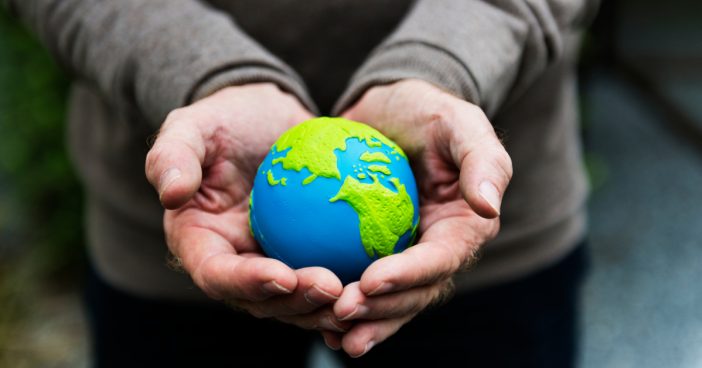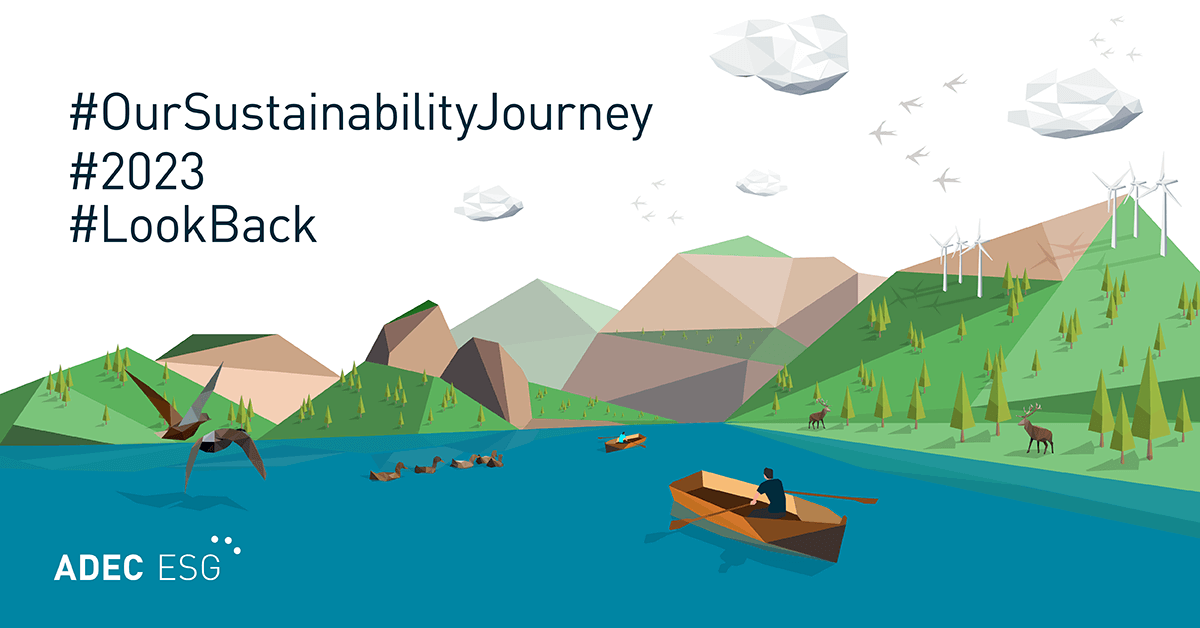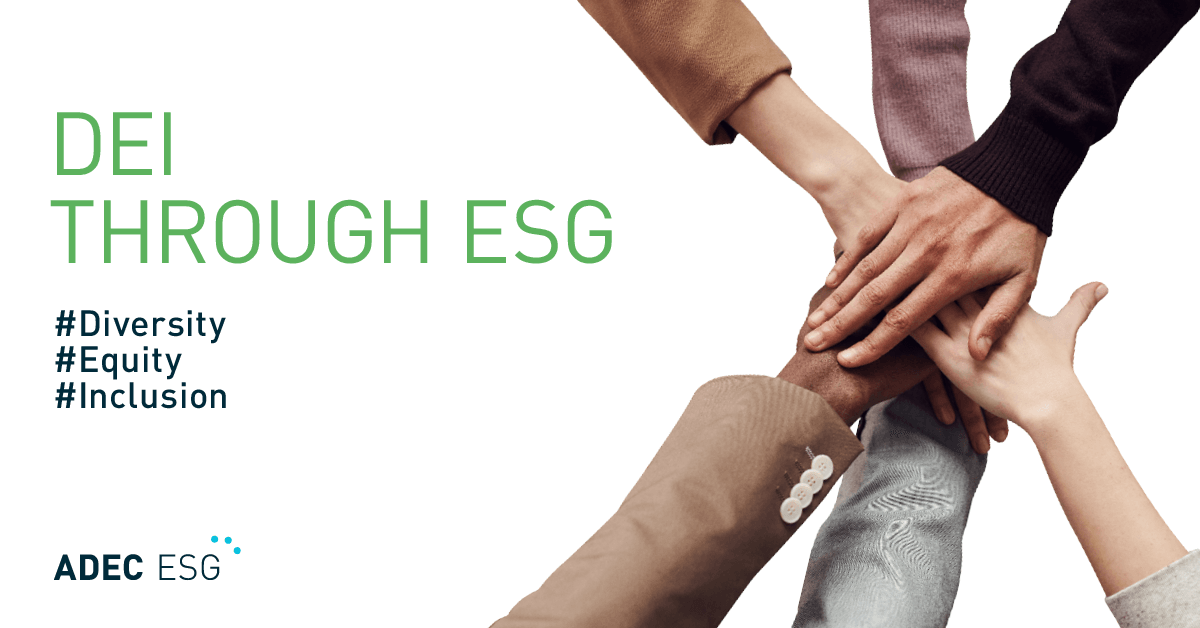By 2006, sustainable is associated with agriculture – a method of agriculture that attempts to ensure profitability of farms while preserving the environment (The American Heritage Dictionary of the English Language – Fourth Edition 2006). There is still no dictionary definition of sustainability by 2006. However, it is related as a noun to the adjective sustainable.
The modern definition has the same definition for sustain, but now sustainability is the new “buzz” word. But what does it all mean for us? As an “old school” person involved with environmental matters, the adage was always to think globally and act locally. This worked in the smaller realm of things, but today because of the complete interaction in the world through a global economy tied together through high speed electronic transfer of data through computers and the internet, the adage must change to think globally and act globally. This change is due to the complete global interaction. The majority of which comes from the disintegration of cultural boundaries in modern society.
In the past and in strictly cultural terms the objective of sustainability would go to the definition-“to keep in existence”. An ancient example of that aspect of sustainability would be a hunter-gatherer group that had been particularly successful in providing for their culture. Eventually carrying capacity would be reached relative to the size of the group and the ability of the land to sustain the needs of the group in their perceived territory. At that point the group would have a number of options to “keep in existence”.
One option would be to expand their territory. This would involve going into areas that they had not previously exploited. This worked fairly well in earlier times when population was not as high and there were areas of “empty” space for these groups to move into. This happened early in prehistory, but eventually on this hunter-gatherer level that landscape was filled to capacity. This leads to an option of expanding their territory by taking it from neighbors. The result is the movement of some groups of people out of “their” territory either through extinction, assimilation, or movement of the group to less preferred areas and a resulting change in lifestyle. A good example of this movement is the Kung San in the Kalahari. They moved into a less desirable niche that others chose not to fill and they learned to survive where others have gone extinct. There are thousands of examples of groups that either became extinct or assimilated in North America where this happened within written history. How many other times has it occurred since the beginning of culture?
The second option would be to increase technology to increase carrying capacity. Excellent examples include hunter-gatherer groups from the ancient Middle East that 10,000 years ago they increased food production rather than increased their territory. They did this through the domestication of plants and animals to increase food production within the same territory size to sustain their culture. Most of the world continues to work on the paradigm of increasing technology to sustain their culture and way of life. Think of all of the advances in agriculture since 10,000 years ago with increased yields, diversity in types of food sources and worldwide movement of resources.
The third option (unfortunately a little used one) is to find a balance between population and carrying capacity. This is what most modern people look at as modern sustainability. But let’s take a closer look at this. I have been talking about cultural entities trying to sustain or “keep existence” in their groups. As stated earlier, it is possible to do this, but like in the past it has happened at the expense of others-those who are considered in a general point of view as weak, poor, and less technologically savvy.
This historical representation of sustainability results in the “think globally and act locally” idea. I have an eye on the bigger picture: think globally, act globally. But what is sustainable to my culture may be dependent on other cultures. This has been the way the world has been sustained for millennia. I will continue this discussion in my next blog (part 2).
FirstCarbon Solutions is a global company with extensive knowledge on sustainability initiatives. To learn more, contact us.




